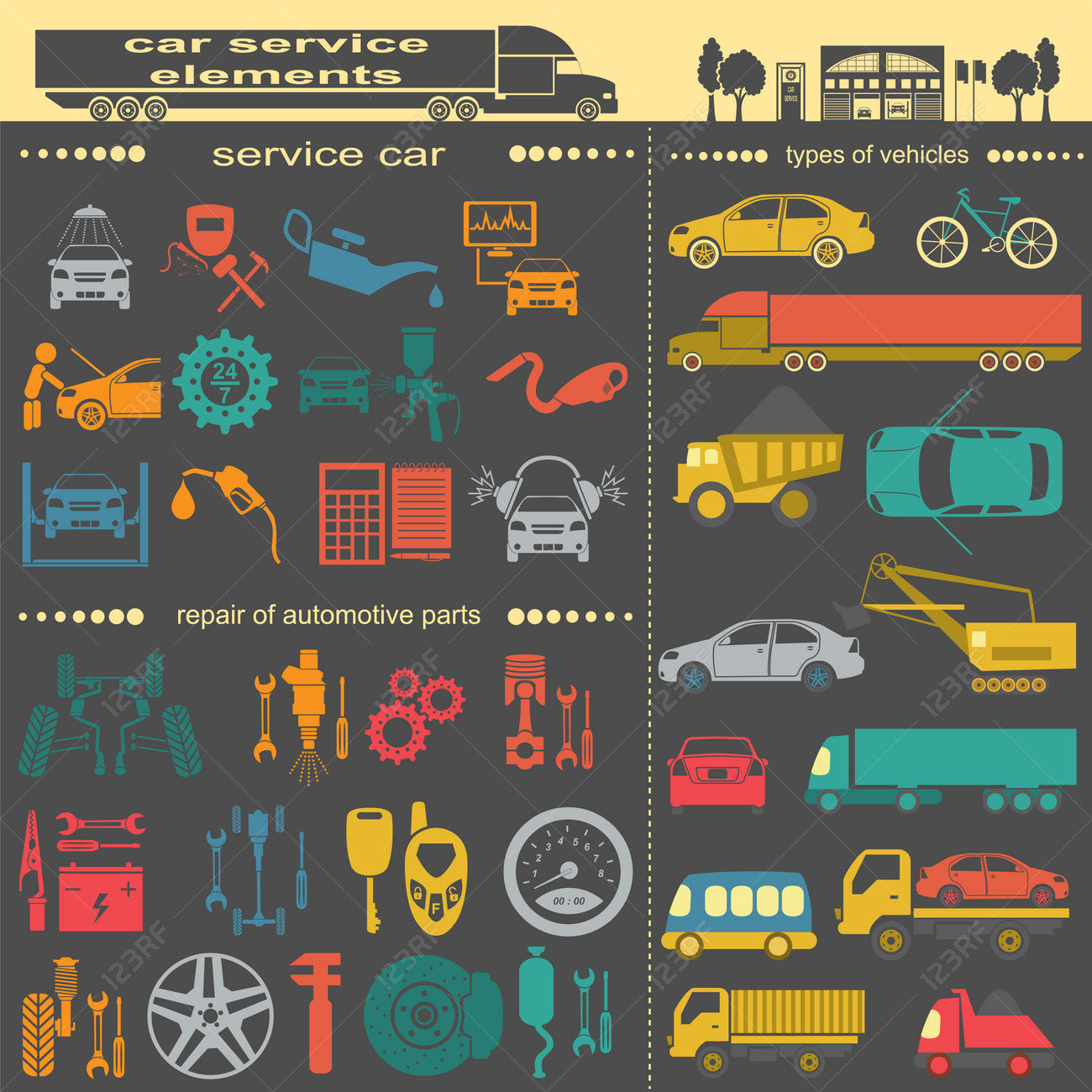Looking For Clearness On The Warning Lights Displayed On Your Cars And Truck'S Dashboard? Discover How They Connect To Your Car'S Health And Safety
Looking For Clearness On The Warning Lights Displayed On Your Cars And Truck'S Dashboard? Discover How They Connect To Your Car'S Health And Safety
Blog Article
Author-Lauritsen Alvarado
When you're behind the wheel, those radiant warning lights on your dashboard can be a bit difficult. Do you recognize what they're trying to inform you concerning your car's health and wellness? Understanding the significance of these lights is vital for your safety and security and the durability of your vehicle. So, the next time one of those lights pops up, wouldn't you want to understand its message properly and take the needed steps to address it?
Common Warning Lights and Interpretations
Identify usual caution lights in your automobile and comprehend their definitions to make sure risk-free driving.
The most common warning lights include the check engine light, which signifies concerns with the engine or discharges system. If this light comes on, it's essential to have your vehicle inspected promptly.
The oil pressure cautioning light indicates low oil pressure, requiring immediate attention to avoid engine damages.
A blinking battery light may recommend a defective charging system, potentially leaving you stranded if not attended to.
The tire stress tracking system (TPMS) light signals you to reduced tire pressure, influencing vehicle stability and fuel effectiveness. Ignoring this can cause unsafe driving problems.
The abdominal light suggests a problem with the anti-lock braking system, endangering your capability to quit quickly in emergencies.
Last but not least, the coolant temperature warning light warns of engine overheating, which can result in extreme damages otherwise fixed promptly.
Comprehending these usual caution lights will certainly aid you attend to issues without delay and maintain safe driving problems.
Significance of Prompt Interest
Comprehending the usual warning lights in your car is just the first step; the significance of immediately dealing with these cautions can not be highlighted sufficient to ensure your safety when traveling.
When a caution light illuminates on your dashboard, it's your vehicle's method of connecting a prospective problem that requires focus. Neglecting these cautions can result in much more extreme issues down the road, compromising your security and possibly costing you much more out of commission.
Trigger attention to warning lights can stop breakdowns and mishaps. For example, a blinking check engine light can indicate a misfire that, if left ignored, could trigger damages to the catalytic converter. Addressing this quickly can save you from a costly fixing.
Likewise, car interior detailing warning light might signal reduced brake fluid or worn brake pads, important parts for your safety when driving.
Do It Yourself Troubleshooting Tips
If you observe a caution light on your dashboard, there are a couple of DIY troubleshooting suggestions you can attempt before looking for specialist help.
The first step is to consult your auto's manual to understand what the details caution light shows. Occasionally the issue can be as simple as a loosened gas cap triggering the check engine light. Tightening up https://www.shawlocal.com/the-herald-news/features/2022/05/30/high-rent-forces-75-year-old-will-county-auto-repair-shop-to-shut-down-for-good/ may resolve the problem.
One more usual problem is a reduced battery, which can trigger numerous cautioning lights. Checking the battery connections for rust and ensuring they're safe and secure could repair the issue.
If a warning light persists, you can attempt resetting it by detaching the cars and truck's battery for a few minutes and afterwards reconnecting it. Furthermore, checking your vehicle's liquid levels, such as oil, coolant, and brake liquid, can help troubleshoot advising lights connected to these systems.
Conclusion
In conclusion, recognizing your auto's caution lights is necessary for keeping your automobile running efficiently and securely. By quickly attending to these informs and knowing what they mean, you can avoid expensive fixings and potential breakdowns.
Bear in mind to consult your vehicle's guidebook for particular details on each advising light and act appropriately to guarantee a hassle-free driving experience.
Stay notified, remain secure when traveling!
